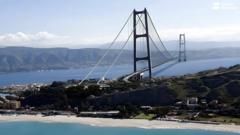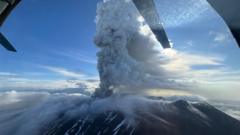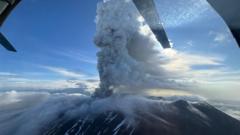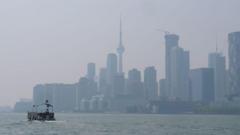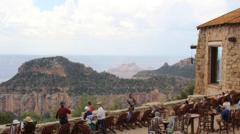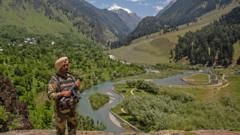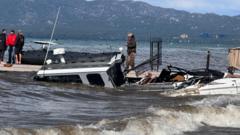Mount Etna has once again proven its volatility as it erupted, sending massive clouds of ash and smoke into the atmosphere, while maintaining minimal disruption to local flight operations.
Mount Etna Erupts: Ash and Smoke Fill the Skies Over Sicily
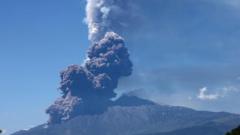
Mount Etna Erupts: Ash and Smoke Fill the Skies Over Sicily
Large eruptions from one of the world's most active volcanoes are confirmed, but flight operations remain unaffected.
Italy's iconic Mount Etna has erupted, producing significant plumes of ash and smoke that can be seen across the region. The eruptions, which began early Monday morning, featured explosions of "increasing intensity," as reported by Italy's National Institute of Geophysics and Volcanology (INGV).
Multiple recordings noted the explosive activity, and while the eruption is substantial, disruptions have been limited with airports on the island operating normally. Mount Etna is renowned for its frequent eruptions, which rarely result in major damage or harm to people.
According to geologists, the latest eruption is localized to the southeastern side of the volcano, around a 200-meter-wide vent. Video footage captured throughout the day displays a rapid flow of ash, gas, and rock—referred to as pyroclastic flow—descending the mountainside. This phenomenon is thought to have been triggered by a potential collapse of a section of the volcano's crater. While such flows can pose serious threats, current assessments indicate there are no immediate risks to surrounding areas.
Monitoring by the INGV revealed that the eruption activity first began around 00:39 local time (22:39 GMT). The event is characterized as a "Strombolian" eruption, known for its distinctive intermittent explosions caused by gas escaping from the magma chamber. These explosive emissions can be hazardous for airborne traffic; however, a previously issued red alert for nearby airspace was later downgraded.
The last significant eruption of Mount Etna occurred in February, leading to flight diversions at Catania airport due to ash clouds. Authorities continue to advise tourists against approaching lava flows as they monitor the situation closely.


